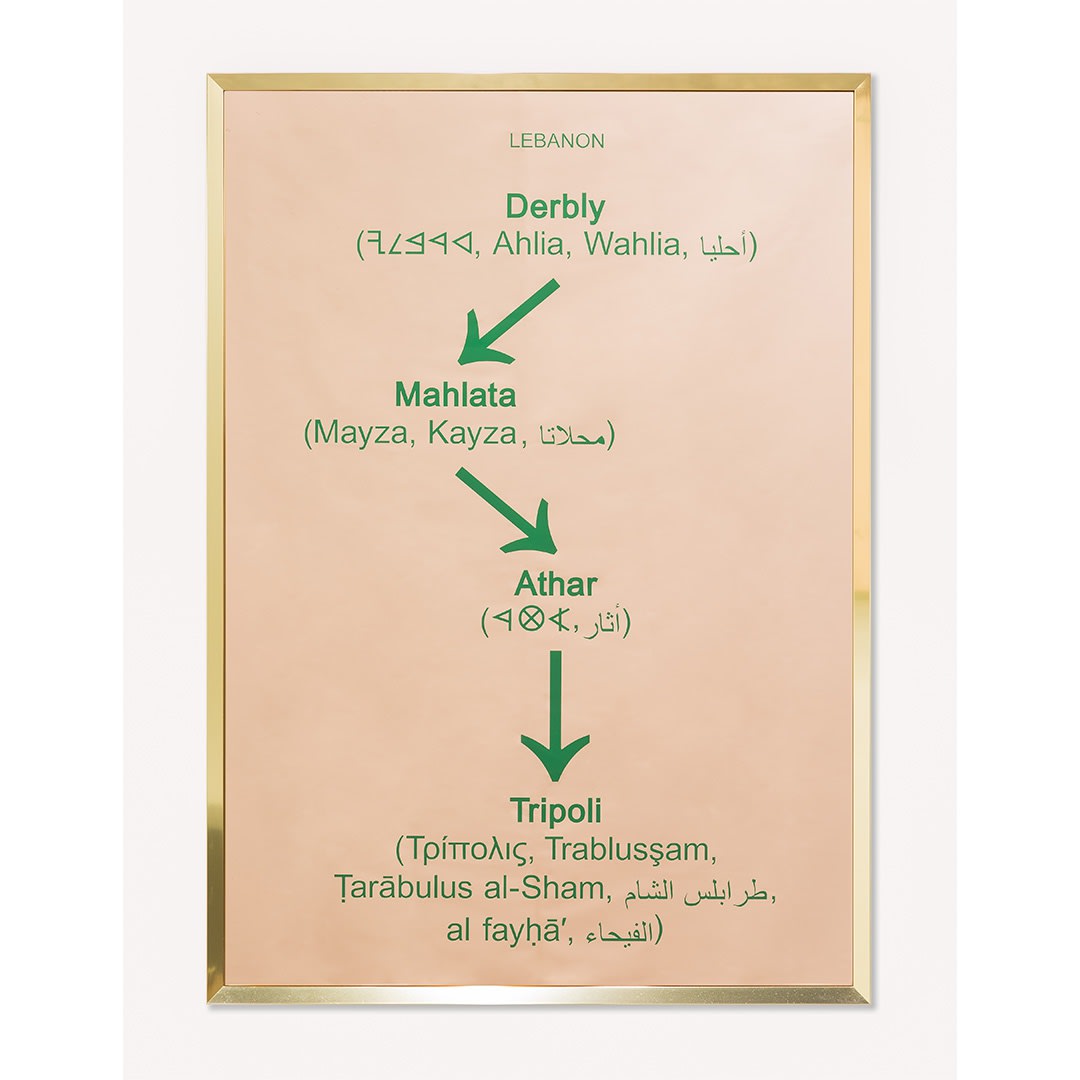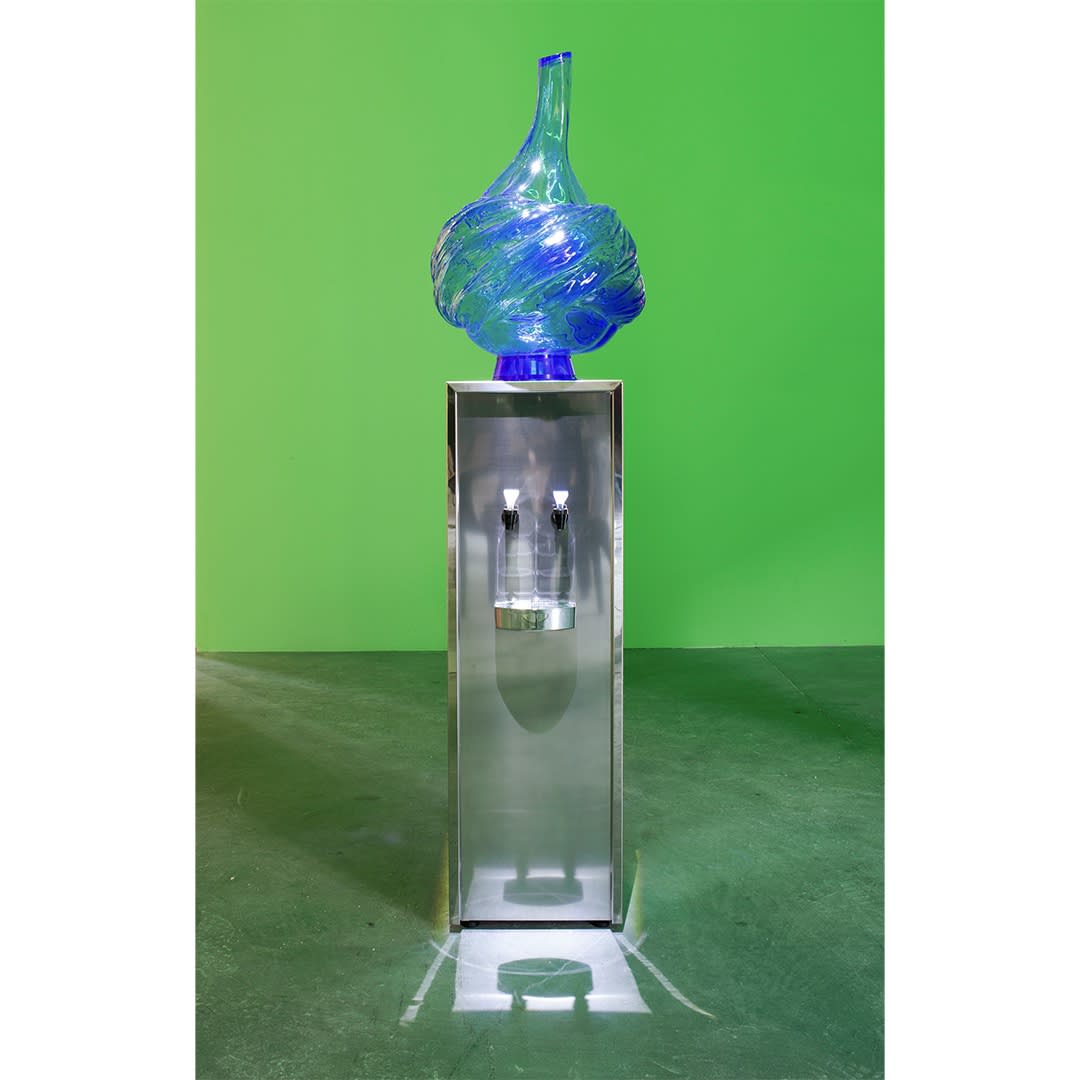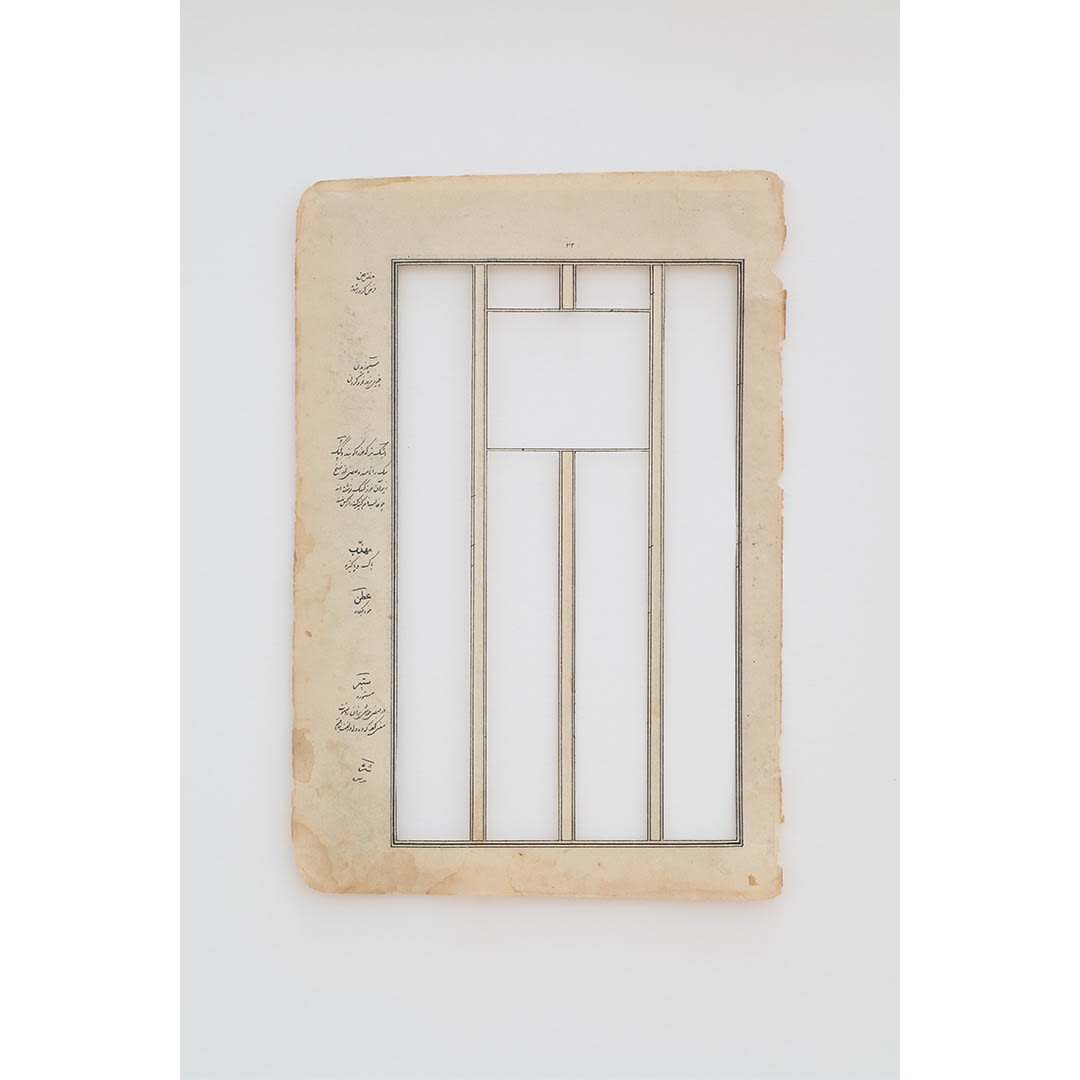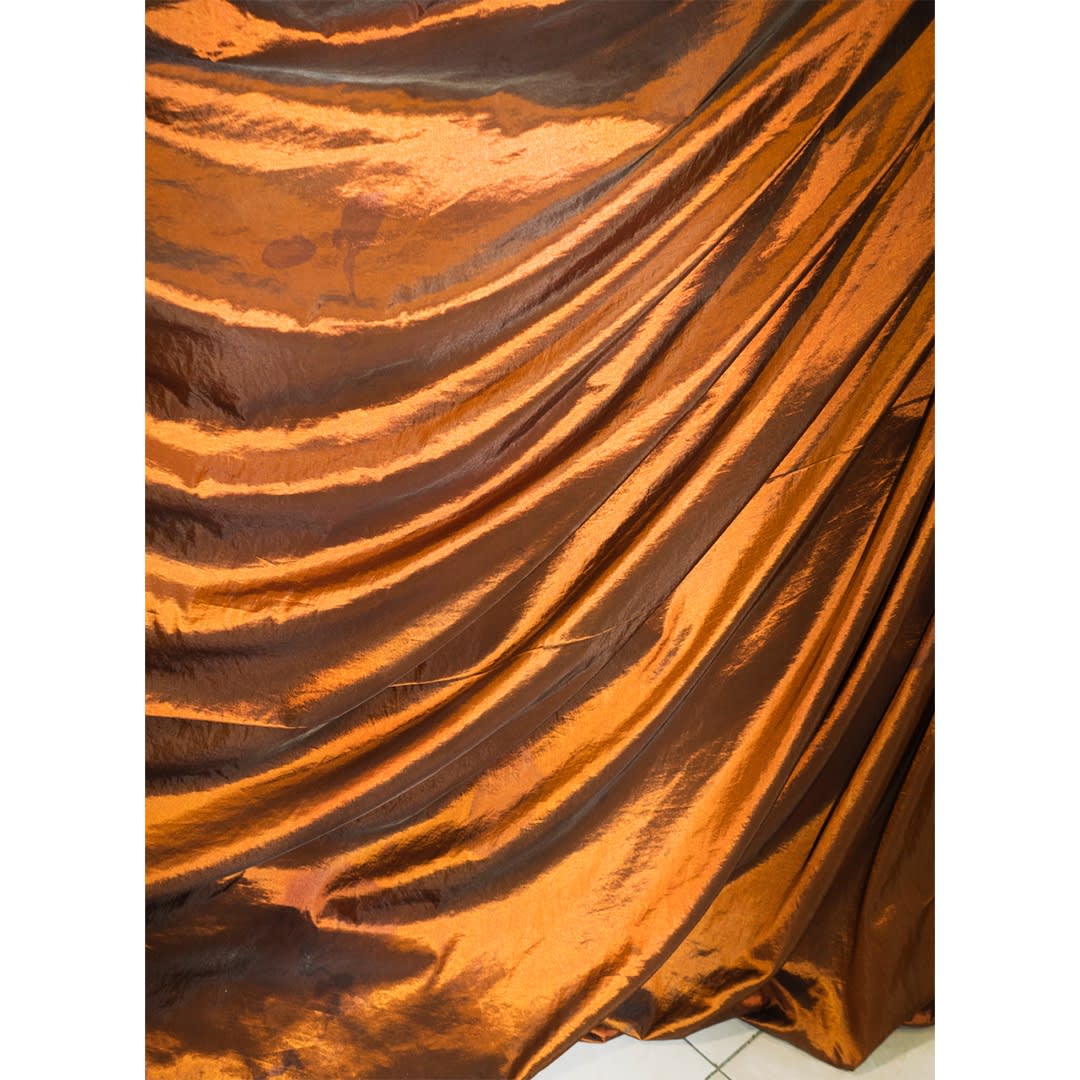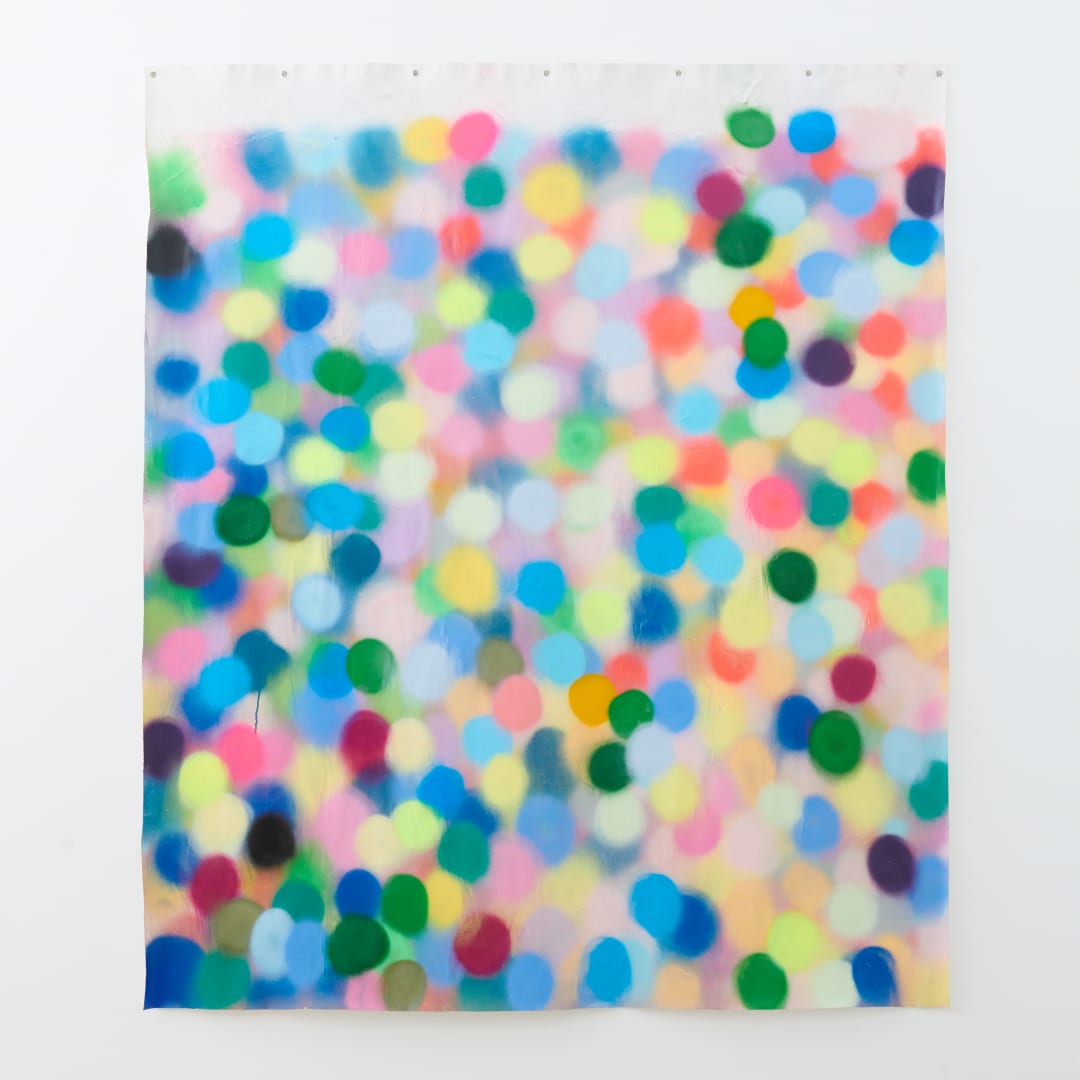Preview: 19th October 2023 (by invitaiton only)
The Third Line is pleased to announce its participation in the 9th edition of Asia NOW Paris with a group presentation of works by Ala Ebtekar, Farah Al Qasimi, Jordan Nassar, Laleh Khorramian, Monir Shahroudy Farmanfarmaian, Rana Begum, and this year's curators of Asia NOW Paris, Slavs and Tatars. Our presentation has been inspired by Slavs and Tatars' curatorial theme, which centres around textiles in contemporary art from Central Asia. The works in our presentation explore this theme in their unique ways and through various mediums.
Ala Ebtekar draws inspiration from the cosmos and for a quarter century has situated his art practice as a relentless leveling, exploding, and collapsing of time and space to bring steadying attention to the contemporary moment. In his Untitled (Manuscript) series, Ebtekar executes a dual removal of the words. Not only does the artist literally remove text from the manuscript pages, but he also delves deeper to move the words to another space, leaving behind the frames that once contained and safeguarded them. Through this very act of removal, Ebtekar forms windows that create a profound silence on the page. Instead of words suppressing the unsaid or a language on the paper, these windows offer a gaze that breaks free from the confines of language, encouraging us to explore the world with a new perspective.
Farah Al Qasimi's work explores the depths of various environments. Her bold and vibrant photographs uncover the unspoken aspects of society, unveiling the concealed social norms and values within specific places, moments, or objects. Al Qasimi's images go beyond mere visual aesthetics; they invite viewers to contemplate the unspoken boundaries that govern the scenes they glimpse through her lens. Her recent works take this exploration a step further, challenging viewers to reassess their own perceptions of reality, aspirations, individuality, and the images they project to the world. Her photography encourages us to reflect on the deeper complexities of the world around us and our place within it.
Jordan Nassar's hand-embroidered textile works blend traditional Palestinian embroidery with contemporary Western art, and address themes of identity, culture, and the intersection of craft, language, history, and artistry. Working alongside skilled craftswomen in Hebron, who have inherited generations of embroidery expertise, Nassar collaborates with them to choose colors and stitch patterns, infusing his Western painterly aesthetic into the landscapes.
Laleh Khorramian’s work blends ancient cosmology, mythologies, and spiritual concepts with her imagination to create histories that bridge the futuristic and ancient, using experimentation and chance to explore the unknown. Jag Lady (2022) was first exhibited at the Baltic Centre for Contemporary Art as part of The Vasseur Baltic Artists’ Award (2022), and shows a woman's silhouette emerging from a fragmented surface and is inspired by a recurring figure in the artist's dreams. She dominates the space, symbolising a vessel of transformation, a dream character reborn as a woman. Inscrutable yet self-assured, she resides within the sanctuary of her skirts, embodying both motherhood and muse in a continuous state of change.
Monir Shahroudy Farmanfarmaian's six-decade career spanned from the mid-20th century until her passing in 2019. The artist harmoniously blends Islamic geometry with a contemporary perspective, and her distinctive approach fuses the richness of Iranian architecture with the aesthetics of modern and abstract expressionism, resulting in a diverse body of work that transcends various mediums. Following the Islamic Revolution in Iran in 1979, while residing in New York, Farmanfarmaian created drawings on paper, which later served as the basis for hand-woven carpet prototypes in Tabriz and Bijar, Iran. These carpets offer an insight into her innovative textile explorations.
Rana Begum uses her understanding of formal visual language to create powerful minimalist abstract works. Heavily influenced by principles of traditional Islamic geometry, she skillfully explores the interplay between colour, light and form to create harmonious compositions that convey a sense of order and balance. Her geometric planes are exquisitely captivating and invite viewers to observe from various angles, immersing themselves within her work. No. 1190 Painting (2022), is a multi-coloured canvas created with layers of spray-painted dots, reminiscent of dappled light filtering through a forest canopy.
Slavs and Tatars' work delves into language, politics, tradition, and ritual, fostering contemporary discourse while pondering cultural blending and identity. Love Me, Love Me Not (Lebanon- Tripoli) (2019) examines how a city's name evolves with changing empires and populations, Who are you? (2021) uses the Arabic word for "He" to explore existential questions and gender variations, while Salamoia (2019) reimagines regular water bottles as amamehs, highlighting the role of thirst in Shi'a cosmology, often symbolised by water fountains at shrines and mosques, paying tribute to the Battle of Kerbala. Together, these works explore the intricate blend of history, culture, religion, and identity in various corners of the Middle East and the Arabic-speaking world.

